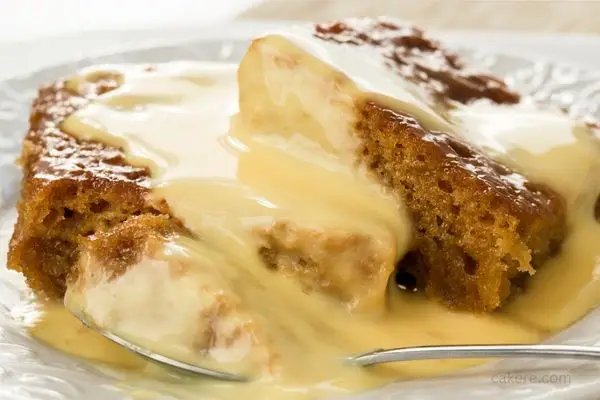Baking is an art and a science. The end result of a perfectly baked cake or bread depends on a delicate balance of ingredients, temperatures, and timing. To bake like a pro, it’s important to understand the chemical and physical reactions that occur during the baking process.

The Chemical Reactions Involved in Baking a Cake
Baking is all about chemical reactions. From mixing the ingredients to the final product, a series of chemical reactions are taking place. Here are some of the most important ones:
The Maillard Reaction
The Maillard reaction is the chemical reaction between amino acids and reducing sugars that gives baked goods their characteristic color and flavor.
This reaction begins at around 140°C (284°F) and is responsible for the golden brown color and savory flavor of crusts, crusts, and other baked goods.
The Leavening Reaction
Leavening agents, such as baking powder and baking soda, play a crucial role in baked goods.
When combined with liquids, they release carbon dioxide gas that helps to make cakes and breads rise.
The leavening reaction begins as soon as the batter is mixed and continues until the baked goods are taken out of the oven.
Proteins and Starches
Proteins and starches are the building blocks of baked goods.
When heated, the proteins in flour and eggs coagulate, or solidify, which gives baked goods structure.
At the same time, starches absorb water and swell, which helps to thicken the batter and make it more elastic.
Formation of a batter
When the ingredients are combined, the flour and baking powder react with the eggs and milk to form a batter.
Sugar dissolving
The sugar dissolves in the batter, forming a sugar solution.
Formation of air bubbles
The baking powder releases carbon dioxide gas, which forms air bubbles in the batter. This is what gives the cake its light and fluffy texture.
Protein coagulation
The heat from the oven causes the proteins in the eggs to coagulate, or solidify, which helps to set the structure of the cake.
Starch gelatinization
The heat causes the starch in the flour to gel, or thicken, which gives the cake its structure and helps to hold it together.
Physical Reactions in Baking
Baking is not just about chemical reactions. Physical changes are also taking place during the baking process. Here are some of the most important ones:
Evaporation
As baked goods heat up in the oven, water from the batter evaporates and helps to set the structure of the final product.
The amount of water that evaporates depends on the temperature and humidity of the oven, as well as the size and shape of the baked goods.
Caramelization
Caramelization is the process of breaking down sugar into smaller molecules that give baked goods their sweet, caramel-like flavor.
This process begins at around 160°C (320°F) and continues until the sugar has fully broken down.
Coagulation
Coagulation is the process of proteins solidifying as they are heated.
This is what gives baked goods their structure and helps to hold them together.
Coagulation begins at around 60°C (140°F) and continues until the baked goods are taken out of the oven.
Conclusion
In conclusion, the science of baking is a delicate balance of chemical and physical reactions. From the Maillard reaction to the leavening reaction, each step of the baking process is important for the final result. To bake like a pro, it’s important to understand these reactions and how they work together to create the perfect baked goods.



